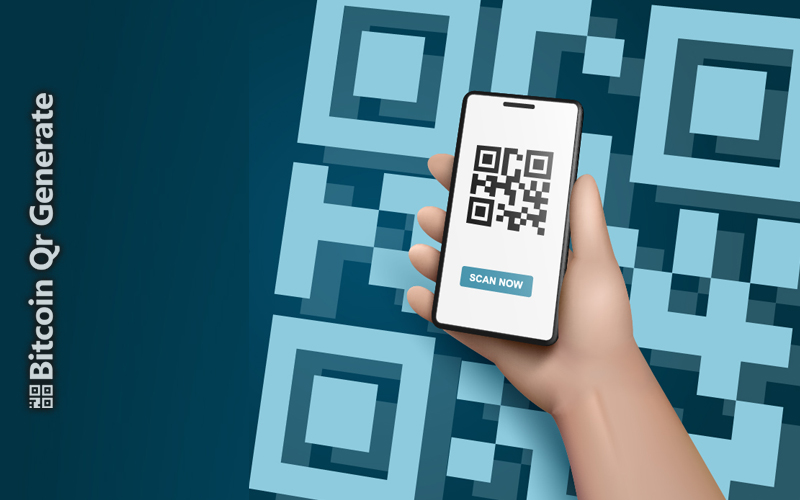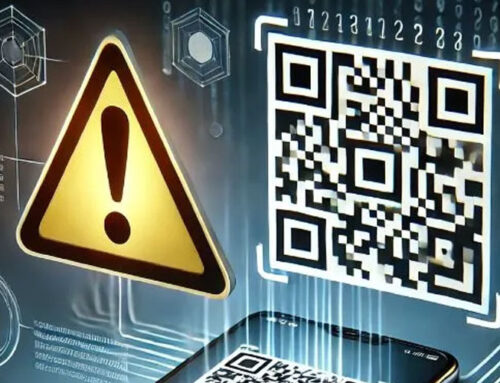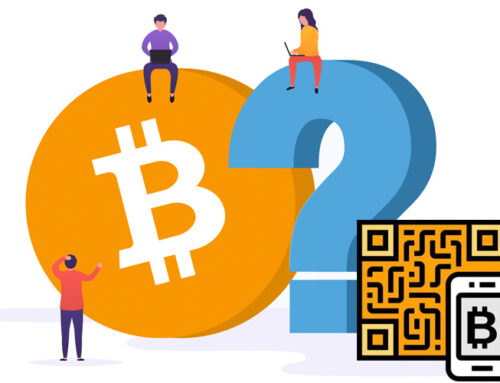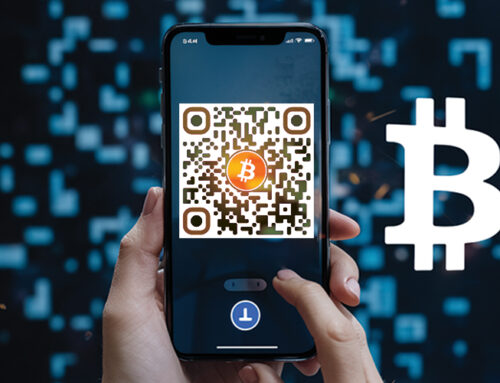While Bitcoin QR codes are incredibly convenient, there are some common mistakes that users often make, which can lead to costly errors. This article explores these pitfalls and offers tips on how to avoid them.
What are Bitcoin QR codes and how they work?
A Bitcoin QR code is a type of barcode that contains all the information needed to execute a Bitcoin transaction. This information includes the recipient’s wallet address and, sometimes, the amount to be transferred.
To use one, you simply scan it with a compatible device, such as a smartphone with a cryptocurrency wallet app. The app will then decode the information and automatically fill in the necessary fields for the transaction.
read more: Top 10 benefits of Bitcoin QR Codes for transactions
Bitcoin QR codes common mistakes
Here we will outline some common mistakes users make when using qr code bitcoin and provide tips on how to avoid them.
1. Incorrectly Generating QR codes
One of the most common mistakes is generating QR codes incorrectly. This can happen due to typos, outdated generator tools, or misunderstanding the process. It’s crucial to use reliable and up-to-date QR code generators and double-check the generated code for accuracy before using or sharing it.
2. Not verifying the QR code content
Before using always verify its contents. This step is crucial because an incorrect QR code could lead to sending funds to the wrong address, which is usually irreversible. Double-check the encoded address and any additional information, such as the amount to be transferred.
3. Sharing the wrong QR Code
Sharing the wrong QR code can result in funds being sent to unintended recipients. Always ensure that the QR code you share is correct and intended for the specific transaction. This is especially important if you’re sharing QR codes publicly or with multiple people.
4. Ignoring QR code expiry and limits
All QR codes can sometimes include an expiration date or transaction limit. Ignoring these can cause issues, such as the inability to complete a transaction if the code has expired or exceeds the set limit. Always check if the QR code has any restrictions and communicate these to the recipient if applicable.
Wanna make a Qr code for you wallet that lasts forever?
5. Using low-quality images for QR codes
The quality of the QR code image is crucial for successful scanning. Using low-resolution images can make it difficult for devices to read the code, leading to transaction delays or errors. Always use high-quality images and test them with multiple devices to ensure they are scannable.
6. Not securing QR codes
Leaving QR codes exposed in public or unsecured locations can lead to unauthorized access and potential theft. It’s essential to treat QR codes with the same level of security as other sensitive information. Store them securely and only share them through trusted channels.
7. Ignoring the importance of QR code scanning devices
Not all devices are created equal when it comes to scanning QR codes. Some older or less sophisticated devices may struggle to read certain QR codes, especially if they are complex or low quality. Always ensure that the QR code you generate is compatible with a wide range of devices and test it accordingly.
8. Overlooking the QR Code’s destination
Always double-check the destination address encoded in the QR code. Mistakes here can lead to sending funds to the wrong address, which is often impossible to reverse. This is especially important when generating QR codes for large transactions.
9. Mismanaging QR code usage for transactions
Using QR codes for transactions without proper management can lead to confusion and mistakes. For example, reusing the same QR code for multiple transactions can cause issues with tracking and accounting. It’s better to generate a new QR code for each transaction to keep everything organized.
10. Not educating users on proper QR code usage
Educating users on the correct use of qr code for bitcoin is crucial to prevent errors. Many people are still unfamiliar with cryptocurrency transactions, and a lack of understanding can lead to costly mistakes. Provide clear instructions and resources to help users navigate the process.
Common misconceptions
There are several misconceptions that can lead to improper usage. For example, some people believe that QR codes can store infinite amounts of data, or that they can change after being generated. It’s important to dispel these myths and provide accurate information.
Tips for safe and effective use of Bitcoin QR Codes
- Use a reputable QR code generator to ensure the accuracy and security of the code.
- Double-check all information before finalizing the transaction.
- Use high-quality images and test them across multiple devices.
- Keep QR codes secure and share them only through trusted channels.
- Educate yourself and others about the correct use of them.
Conclusion
QR Codes for Bitcoin offer a convenient way to manage cryptocurrency transactions, but they must be used correctly to avoid costly mistakes. By understanding common pitfalls and following best practices, you can ensure your transactions are secure and error-free. Remember, taking the time to double-check and verify information can save you from potential losses.
FAQs
What should I do if my QR code doesn’t work?
If your QR code doesn’t work, first check the quality and clarity of the image. Ensure that the code is not damaged or distorted and that the scanning device is compatible and functioning correctly. If the problem persists, regenerate the QR code using a reliable tool.
Can Bitcoin QR codes expire?
Yes, some can include an expiry date, especially if they are generated for specific transactions with time-sensitive conditions. Always check if the QR code has an expiration date before using it.
How can I ensure my bitcoin qr code is accurate?
To ensure accuracy, always use a reputable QR code generator, double-check the encoded information, and test the code with different devices before using it for transactions.





Leave A Comment